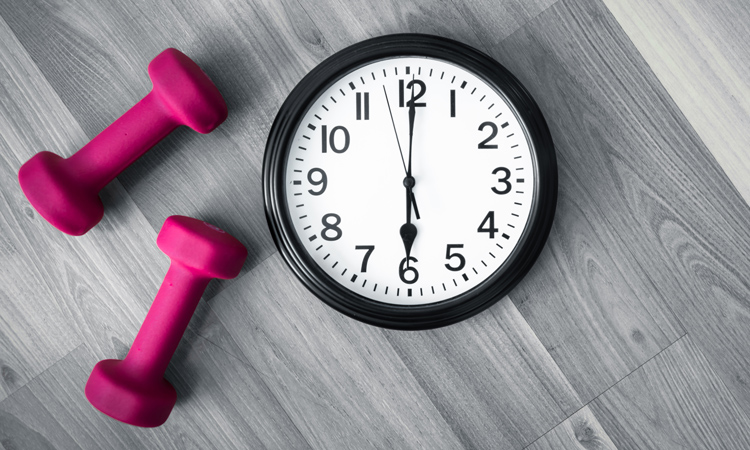SSS Team, SSSPORTS.COM

To the uninitiated, Ramadan is a special time of the year where Muslims around the world observe a month-long fast from sunrise to sunset (no, you can’t even drink water in case you were wondering) while devoting their time to prayer, reading the Quran and donating to charity.
A Ramadan fast seems similar to Intermittent Fasting but it’s far more intense, as you have to abstain from drinking water as well. It’s difficult, but the rewards are worthwhile. From developing higher levels of discipline, empathy and patience to shedding unwanted weight, the holy month can be a period where you can emerge a better person, both mentally and physically.
For fasting, you might be wondering what the best way to work out would be. These are key elements you should focus on to avoid losing those hard-earned gains:
The best time to work out is after you wake up for Suhoor. Studies show that this is better for your body as it supports the natural circadian rhythm. If you work out right before you go to bed, you can disrupt your REM cycle (and we don’t want that).

If early morning workouts aren’t for you, you can opt for a session 1 hour before Iftar. This makes your body tap into fat reserves to replenish energy levels, essentially lowering your body fat percentage.
Rising temperatures and abstaining from water are difficult to deal with when you want to work out. While indoor workouts are ideal when fasting, you can opt for outdoor workouts before the sun comes out or after it goes down. This way you can avoid excess water loss caused by sweating and limit the strain caused on your body.

Whether it’s a session of cardio, HIIT or weight training, it’s important to remember to not push yourself as much as you would have if you weren’t fasting. Reduce the duration or the intensity of your workout to avoid exhaustion. Adjusting workouts according to the condition of your body makes sure that you aren’t overexerting yourself. It’s more about maintaining your fitness level rather than improving it or beating personal records.
Switch your goal from increasing muscle mass to reducing body fat – fasting is an ideal situation that can help cut down on the fat stored in your body. An adequate caloric intake (keep track of your macros) when breaking your fast effectively maintains muscle mass. And that’s how you can work out right while fasting. For more Ramadan tips, check out the SSS blog:
Stay energised & focused this Ramadan with yoga
How to Maintain Hydration in Ramadan
Share your workouts with us on Instagram @sunsandsports.
Don’t forget to subscribe to our newsletter and download our app on the App Store or Google Play for the latest updates.